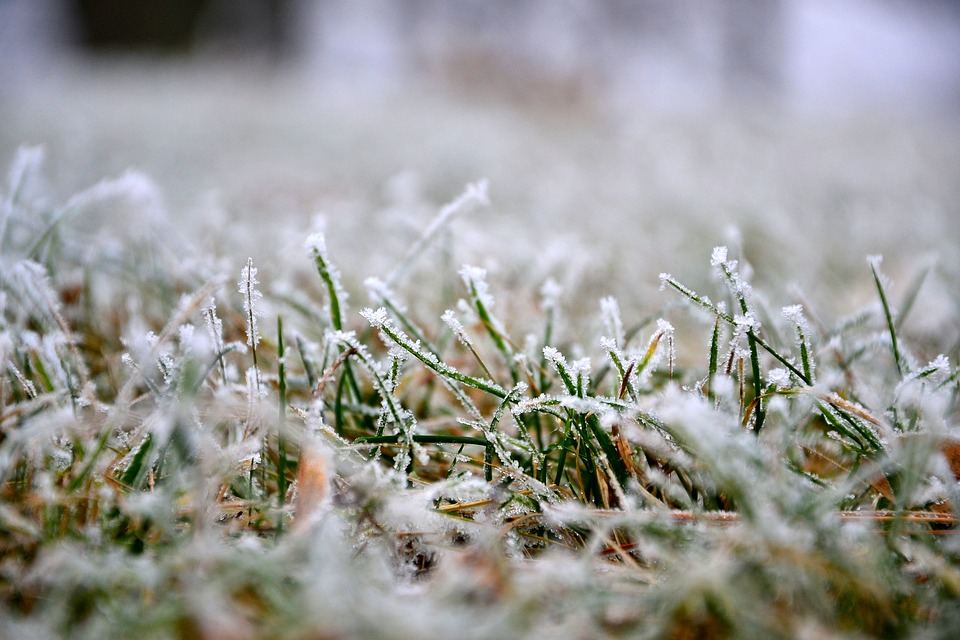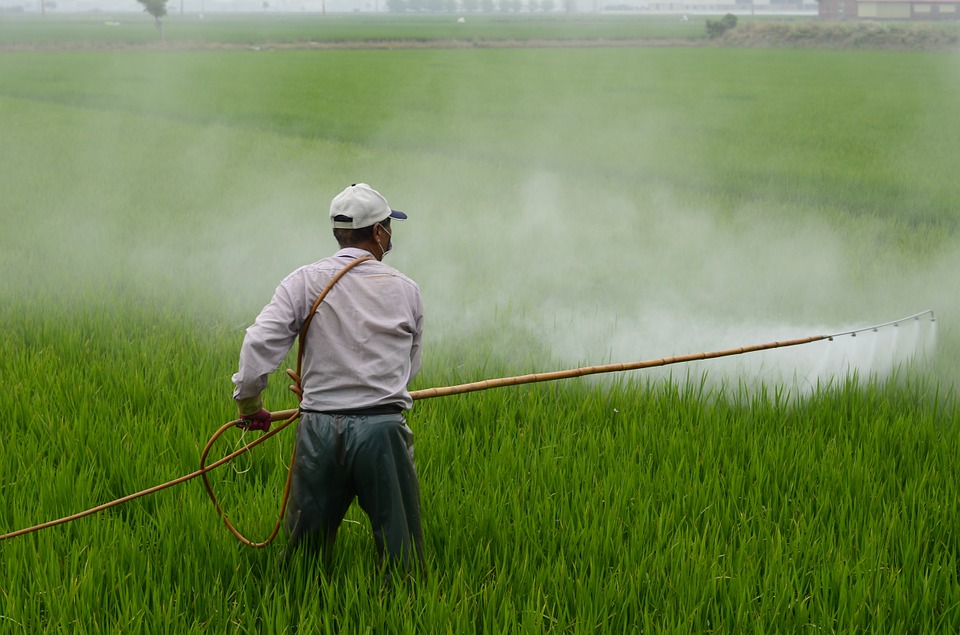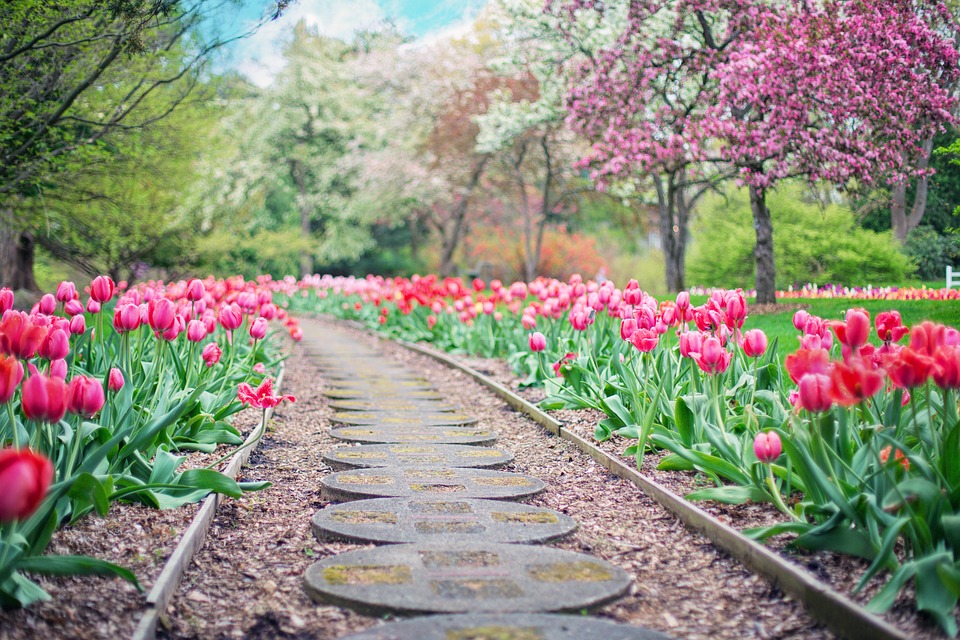
Fall is a confusing time in Charleston, South Carolina. Lawns here tend to contain a mixture of cool- and warm-season grass types, and knowing what to do in the fall to winterize your lawn can sometimes be a mystery. However, figuring out how to winterize your lawn is essential, and can make the difference between a gorgeous yard and a messy disaster come spring.
1. Know your grass type
Before you can take any steps toward winterizing your lawn, you need to familiarize yourself with your grass type properly. Warm-season grasses include species such as Bermuda, centipede, Zoysia, and St. Augustine, while cold-season grasses are those such as fescue, Kentucky bluegrass, and ryegrass. While both warm- and cold- season grasses benefit from actions like fertilizing, aerating, and mowing, it’s important to know your specific grass type, as the type of care varies drastically between warm- and cold- season species.

2. Fertilize wisely
Cool-season grasses grow most vigorously in the fall, so you should fertilize them at this time only. Use a specific kind of fertilizer called winterizer fertilizer, and apply it in October or November. Your plants will store nutrients as they begin to grow in the next few months.
Warm-season grasses, however, should not be fertilized at this point. It would be best if you did not fertilize any time after September, as this can fuel new growth that can be damaged by a heavy freeze. Instead, feed in the spring or summer for a dense, lush lawn.

Whatever you do, don’t fertilize any grass without first conducting a soil test. Doing a soil test will help you determine the pH of your lawn, as well as what nutrients you may need to apply.
3. Add potassium
In the point above, we mentioned the importance of using a winterizer fertilizer on cool-season grasses. There is sound evidence pointing to the importance of applying potassium in the fall. It can enhance the cold tolerance of various oils, helping them endure harsh conditions a bit better each year. Make sure you conduct a soil test to determine if your lawn is deficient in potassium, and if it is, consider adding a winterizer fertilizer in the fall to prepare your lawn for winter.
4. Eliminate Weeds
Pre-emergent herbicides can be applied when nighttime lows reach fifty to sixty degrees for at least four consecutive days. This is when weed-killers will be most effective. Pre-emergent herbicides will act to prevent winter weeds, like annual bluegrass, from emerging and inhibiting the growth of your cultivated grass. You may need to reapply herbicide a couple of months into the winter to increase its effectiveness.

5. Mark any areas of low- or no-traffic
Your lawn is especially prone to compaction during cold and wet weather. To ensure your lawn stays aerated and your grass is receiving oxygen and nutrients, mark areas of your yard that you want people to stay off. No traffic areas include where cars should not be parked, or tools should not be kept. Keeping the lawn clear from traffic as such will help to reduce the number of bare patches you have in the spring.
6. Tend to your other plants
This time of the year, you may also need to tend to your other landscaping plants. Cover plants with frost protection such as frost blankets, old sheets, or tablecloths. Have these ready to go as soon as temperatures dip dangerously low.
7. Water well and take care of your equipment
Water your landscape plants and lawn well if water has been in short supply this season. You don’t want your plants to go into the winter in the state of stress, as this can inhibit their growth come spring.

Now is also the time to tend to any of your irrigation equipment to make sure that it does not freeze. Make sure all of your hoses, spigots, pumps, and lines are insulated or put away so that you don’t have to worry about a freak freeze or cold snap ruining your expensive materials.
8. Add some mulch
Mulching is one of the best things you can do to your garden at any point throughout the year, but especially in preparation for winter. Add mulch to any vulnerable plants, including fruit-producers like strawberries and perennials like roses. Mulches help to insulate your plants during cold weather and also to retain and moderate moisture levels.

It’s best to be careful when you are mulching. Before you spread mulch, whether it’s cedar, rock, or rubber, take a few minutes to clean up any plant debris. This can give problem pests a place to hide, as well as acting as a breeding ground for various disease.
Need help winterizing your lawn? Visit our Charleston lawn care page for more information!